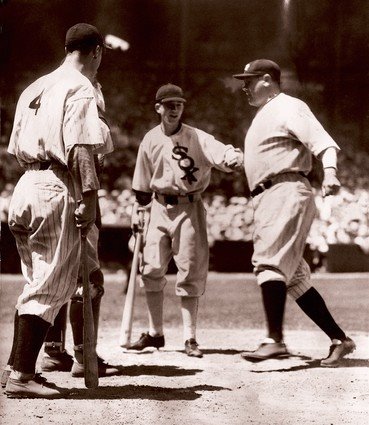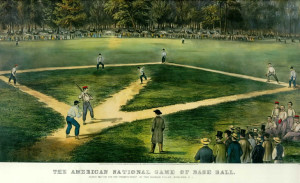Great Baseball All-Star Game Moments: Part 1 (1933-1959) 2

Since its inception in 1933, the Major League Baseball All-Star Game has provided fans an annual opportunity to see most of the great stars of the game on the same field. While the game is an exhibition and has withstood periods of indifference by some players, management and fans, it remains a special mid-season moment.
Because of COVID-19, there will not be an All-Star Game played in 2020, marking only the second season without a game (the first was in 1945 during World War II) since the start of the annual contest in 1933.
Though there will not be any new memories this year, there have been many memorable games and moments in the 90 meetings between the top players of the American and National Leagues.
This is the first of a three-part series where we will relive some of the great moments and games in the history of this special series.
July 6, 1933 – Comiskey Park, Chicago
The idea of bringing the top players from both the American and National Leagues together in the middle of the season for one “All-Star” game was initiated by Arch Ward, a sports editor for the Chicago Tribune. The first game was played at Comiskey Park to coincide with Chicago’s Century of Progress Exposition.
In a fitting testimonial to his legendary career, Babe Ruth hit the first home run in All-Star history when he lifted a pitch from Bill Hallahan into the right-field stands in the third inning.
The American League went on to win the game 4-2 with Lefty Gomez earning the victory.
Read the rest of this entry →



